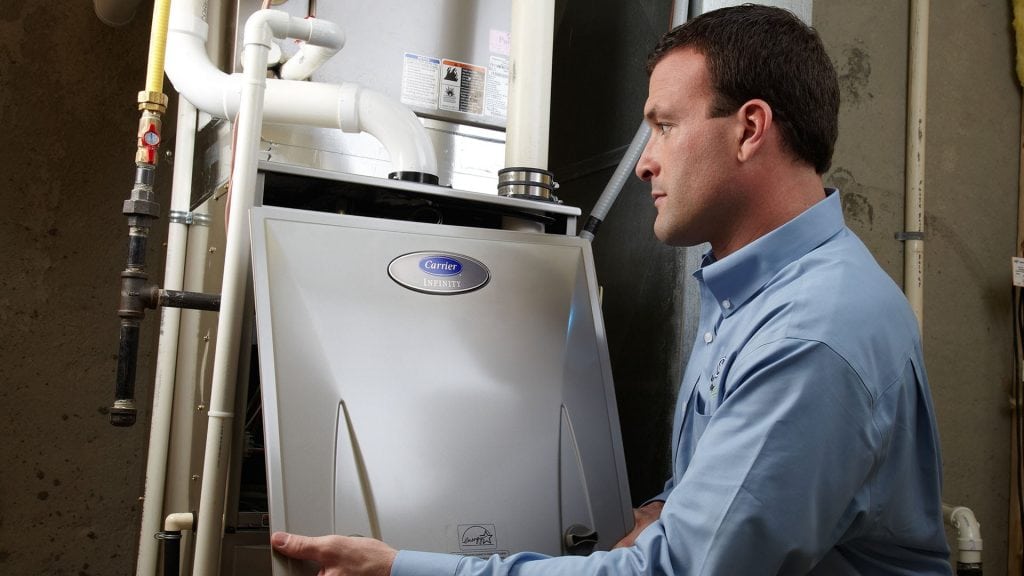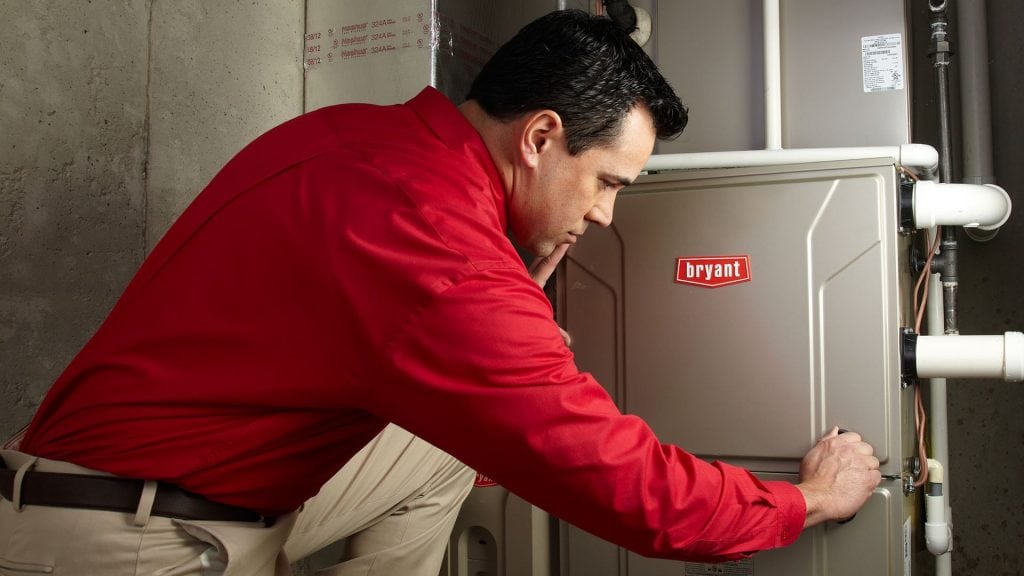Ductless Mini Splits: Best to Leave Installation to the Pros

Ductless Mini Splits: Best to Leave Installation to the Pros
Ductless mini splits are point-of-use A/C or heat pump systems that condition a room or an entire home (ductless multi-split) using the same refrigeration principles as central A/Cs and heat pumps.
However, with a ductless system’s compact components, a handy homeowner may be enticed to try and save a few dollars with self installation. For the best performance and return on investment, find out why it’s better to leave installation to your HVAC professional.
Intro to Ductless Components
The components and parts of ductless mini splits are housed inside two cabinets and a conduit.- The outside cabinet contains the compressor, condenser, fan and other components.
- An inside cabinet contains the point-of-use air-handling units (AHUs), the evaporator, fan, sensors, condensate drainage and air filtration components.
- A thin conduit contains the refrigerant and condensate lines, which allows ductless systems to provide point-of-use conditioning inside the living spaces.
Installation Considerations
The benefits of professional installation of your new ductless system are many.- The components are inspected and tested for operation and defects. While rare, an HVAC pro handles issues with the manufacturer.
- Refrigerant is tested for optimal charge, which is necessary for maximum heat exchange and the performance of the compressor and coils.
- Your HVAC tech connects and tests the sophisticated electronics that monitor and precisely control indoor temperature for maximum comfort and energy savings.
- A small hole is needed in the exterior wall of the home near the outside cabinet for the conduit. The conduit also requires a small hole through an interior wall to connect to the AHU (for wall- or ceiling mounted options). Or, for more sophisticated installations, the AHU may be concealed inside the ceiling, wall or floor.
- The outdoor cabinet needs firm footing, perhaps a small concrete slab, paver stones or may be mounted to the home for smaller sized units. This could be a do-it-yourself task or leave it all to your HVAC pro.



